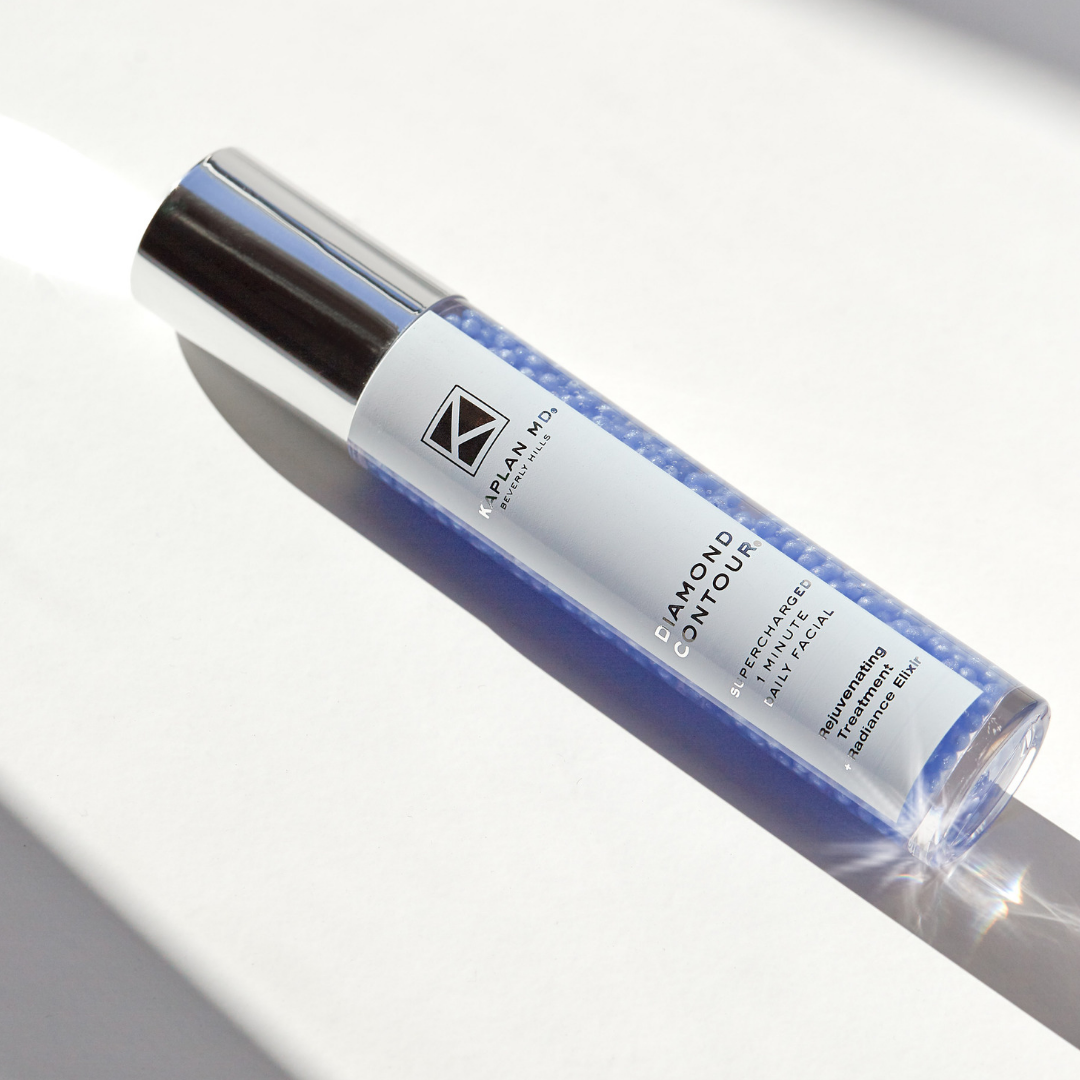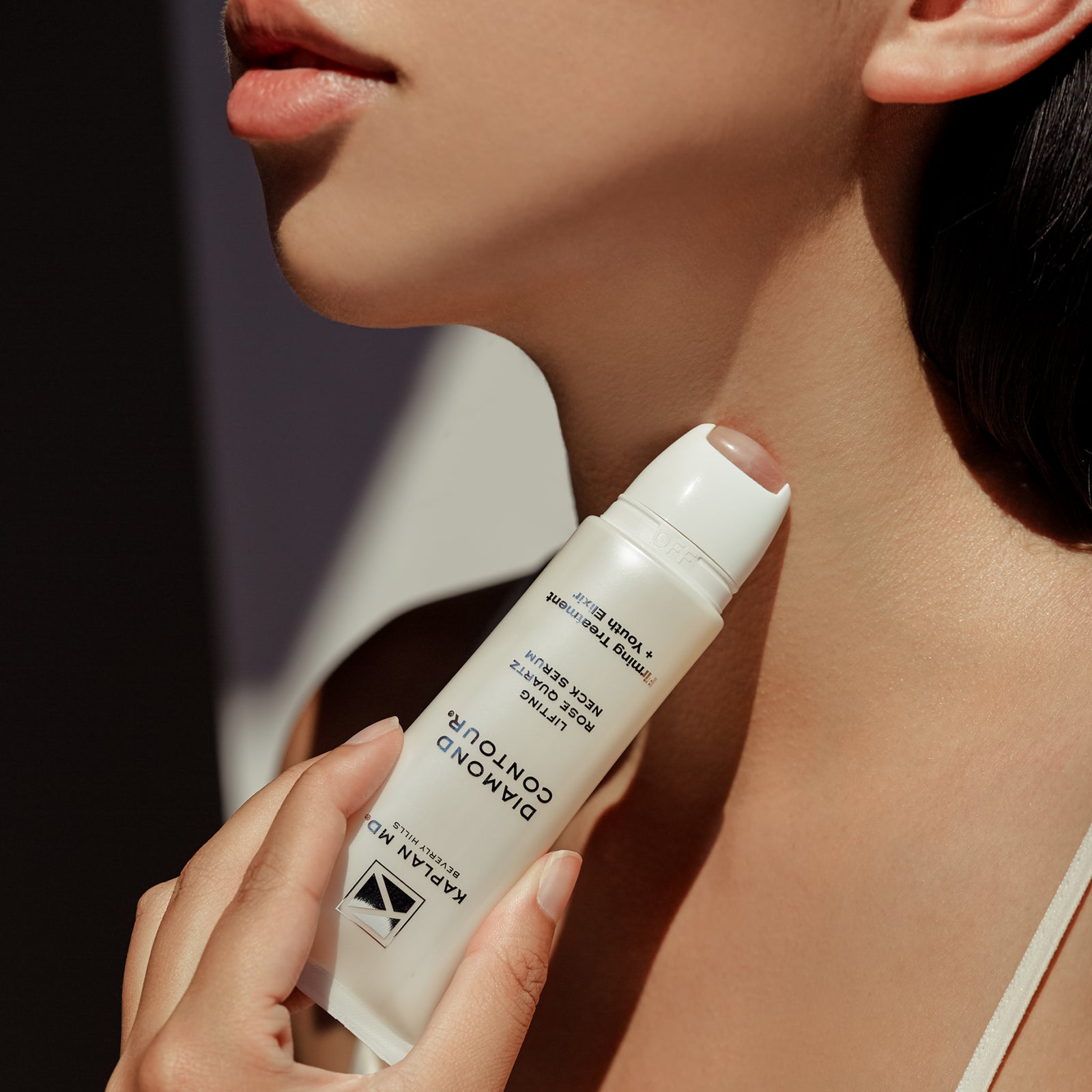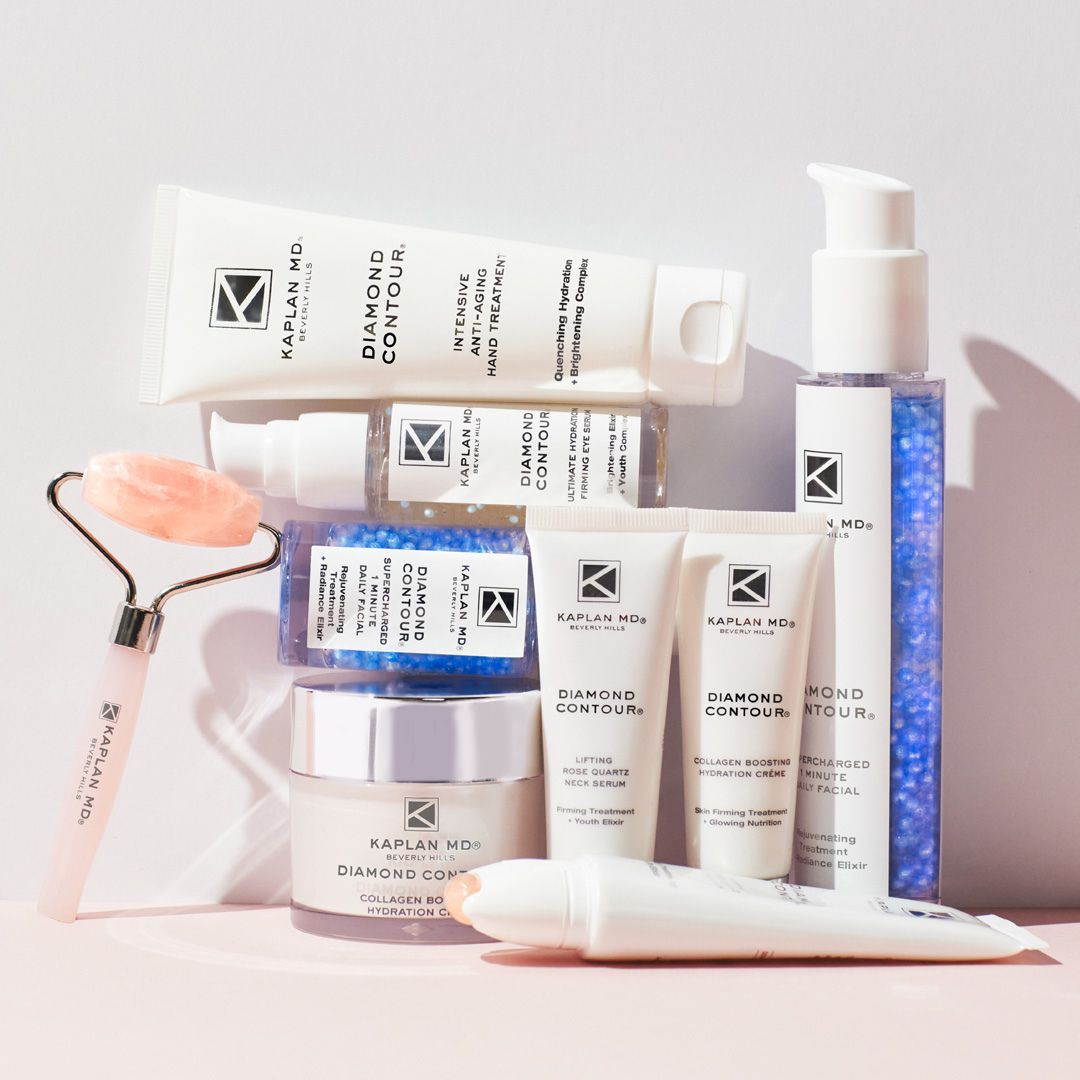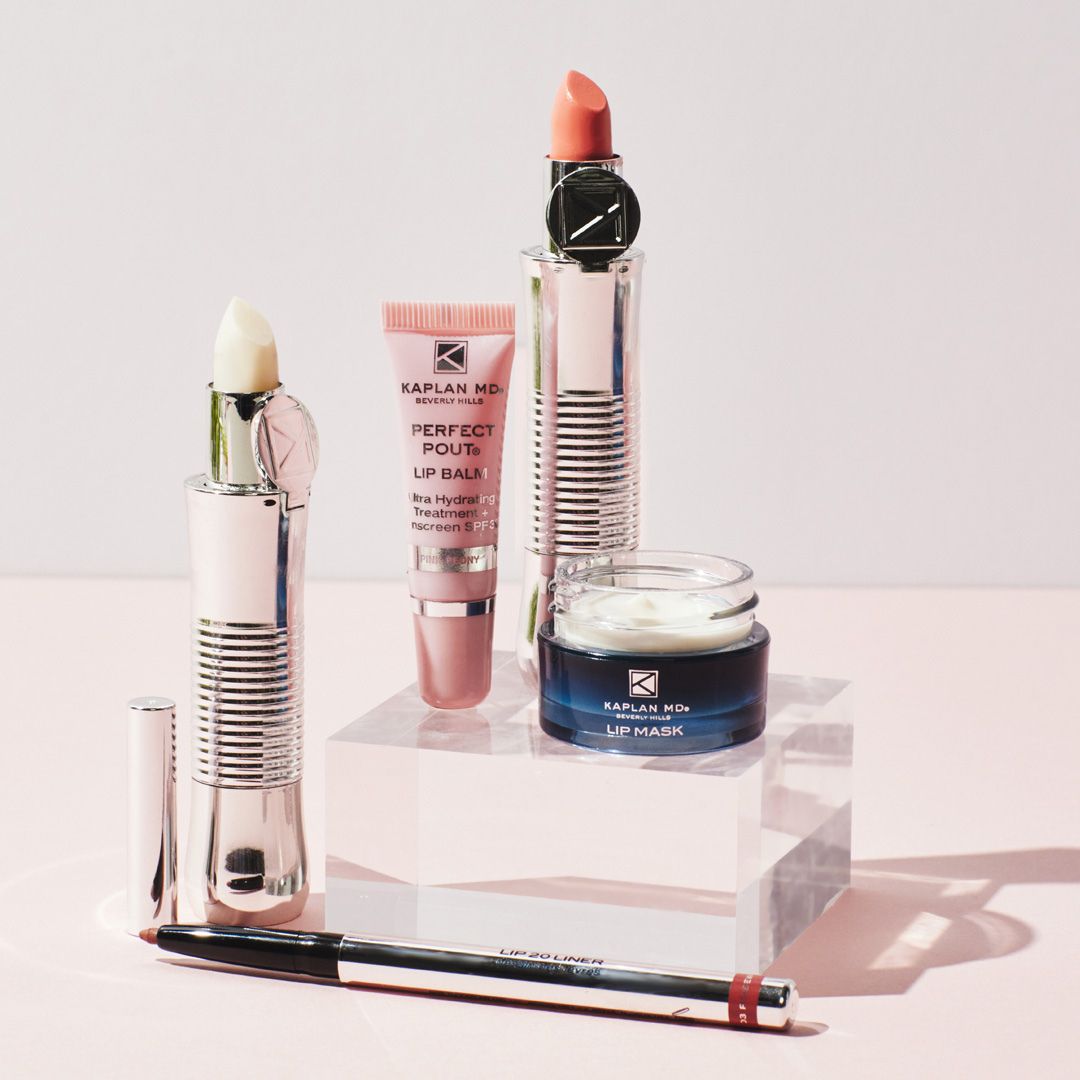Dr. Kaplan – Hair Loss Treatment
ALOPECIA ARARAT & HAIR LOSS TREATMENT
WHAT IS NORMAL HAIR GROWTH?
When your hair grows normally, the following happens:
- About 90% of our hair is growing at any one time. This growth phase lasts between 2-6 years.
- 10% of our hair is in a resting phase, which lasts 2-3 months. At the end of the phase the hair falls out.
- When you shed a hair, a new hair from the same hail follicle replaces it. This starts the growing cycle again.
- Scalp hair grows about ½” per month, but as people age, the rate of hair growth slows.
- It is normal to lose 50 to 100 hairs a day, and this is no cause for alarm.
WHAT CAUSES EXCESS HAIR LOSS?
Excess hair loss can have many causes. With some forms of hair loss, hair can grow back on its own. Some can be treated by a dermatologist.
IMPROPER CHEMICAL TREATMENTS
Many people use chemical treatments on their hair, such as dyes, tints, bleaches, straighteners, and permanent waves. These treatments rarely damage hair if the hairdresser does it right. But the hair can become weak and break if you use hair chemicals too often. If hair becomes brittle from the chemicals, it is best to stop until the hair grows out.
HEREDITARY THINNING OR BALDING
Also known as androgenetic alopecia, this is the most common cause of hair loss. You can inherit the baldness trait from either your mother’s or father’s side of the family. Women with this trait get thinning hair bu do not become fully bald. Hereditary hair loss can start in one’s teens, 20s, or 30s. While there is no cure, medical treatments may help some people, which may include:
- Monoxidil, a lotion you apply to the scalp twice a day, which both men and women can use.
- Finasteride, an oral prescription medicine for men only, which blocks the formation of the active male hormone in the hair follicle.
ALOPECIA AREATA
Though rare, this type of hair loss may affect children or adults of any age. Those affected are most often in good health. This type of hair loss tends to cause smooth, round patches about the size of a coin or larger. It can result in loss of all scalp hair and sometimes also all body hair. In most cases the hair regrows with time. Dermatologists treat many people with this condition to make their hair regrow faster.
New research found genes that play a part in AA, which may trigger the disease. Some of these genes have a link to other autoimmune diseases, including rheumatoid arthritis, type 1 diabetes, and celiac disease (gluten intolerance).
Treatments include:
- Cortisone injections in the scalp or other spots of hair loss.
- Topical medications to apply to bald spots.
TELOGEN EFFLUVIUM
Illness, stress, and other events can cause too much hair to enter the resting phase of the hair growth cycle, which can lead to large increase in hair shedding (effluvium). Most often bald patches do not appear. Instead you see lots of thinning. In many cases, telogen effluvium (TE) goes away in a few months on its own. Causes include:
- High fever, serious infection, or bad flu
- Major surgery or chronic illness
- Thyroid disease
- Low protein in diet
- Low iron or low blood cell levels
- Birth control pills and other medicines
- Childbirth
- Cancer treatments
TINEA CAPTITIS (SCALP RINGWORM)
A fungus cause scalp ringworms, which is very contagious and most common in children. When a person gets scalp ringworms, scaly patches appear on the scalp. A person may have broken hair, redness, swelling, and even oozing on the scalp. It can be cured by oral medication.
HAIR PULLING
Hair pulling in twirling in children is often a habit that goes away without treatment. Hair pulling in teens and adults may be signs of OCD known as trichotillomania. This disorder may need treatment with oral medicine.
CICATRICAL (SCARRING) ALOPECIA
This rare illness can cause patchy hair loss with itching and/or pain. Inflammation around the hair follicle causes damage, scarring and lasting hair loss in that spot. The cause is unknown. Treatment aims to stop the spread of inflammation.
Also some genetic disorders may cause the hair to become fragile, which can break easily.
HOW CAN A DERMATOLOGIST RESTORE HAIR?
Dermatologists and dermatological surgeons often perform hair restoration in their offices. One type of hair restoration procedures is a hair transplant. A hair restoration procedure can create a natural-looking hairline. Unnatural “plug” transplants from the past have given way to better techniques. Today, dermatologists and surgeons transplant hair using grafts of one to 3 hairs instead of the 10 or 20 used in the past. The result looks much more natural than hair plugs.
To decide if you can have hair transplants, your dermatologist will look at the amount of hair you have. How dense and healthy your remaining hair is will determine what you can expect from the procedure. A hair transplant uses your own hair, which is taken from the donor region, often called a donor strip.
The length of the donor strip depends on how much hair loss you have and the number of hair-follicle groups needed. The number of grafts needed varies from 100 to 2000 depending on the extent of your hair loss. The number of visits you will need depends on the rate of the hair loss and how thick you want the new hair to be. Each visit most often takes 2-4 hours.
Most patients return to work in 2-3 days. You will get simple instructions on post-operative wound care. The transplanted hair starts to grow 3-6 months after the last procedure and grows fully in about one year.
SCALP REDUCTION
With advances in hair transplants, the number of scalp reductions done has greatly dropped. This procedure is still sometimes helpful if a patient has a large bald area. During the procedure, the surgeon removes a few inches of the bald skin, then pulls the sides that have hair together, and sutures them shut. This decreases or even gets rid of bald spots. You can get scalp reduction alone or with a hair transplant.
For hair restoration procedures, you can expect:
- Treatment done using local anesthesia in the dermatologist’s office, ambulatory surgery center, or other outpatient center.
- Natural looking results.
- Resume normal activities in a few days.
- To be able to do heavy exercise one week after a transplant or scalp reduction.
All content solely developed by the American Academy of Dermatology.








